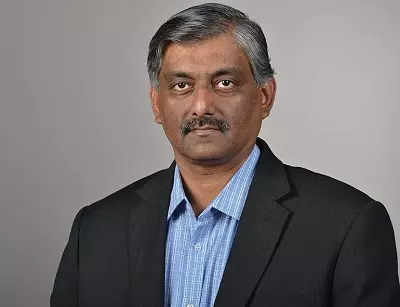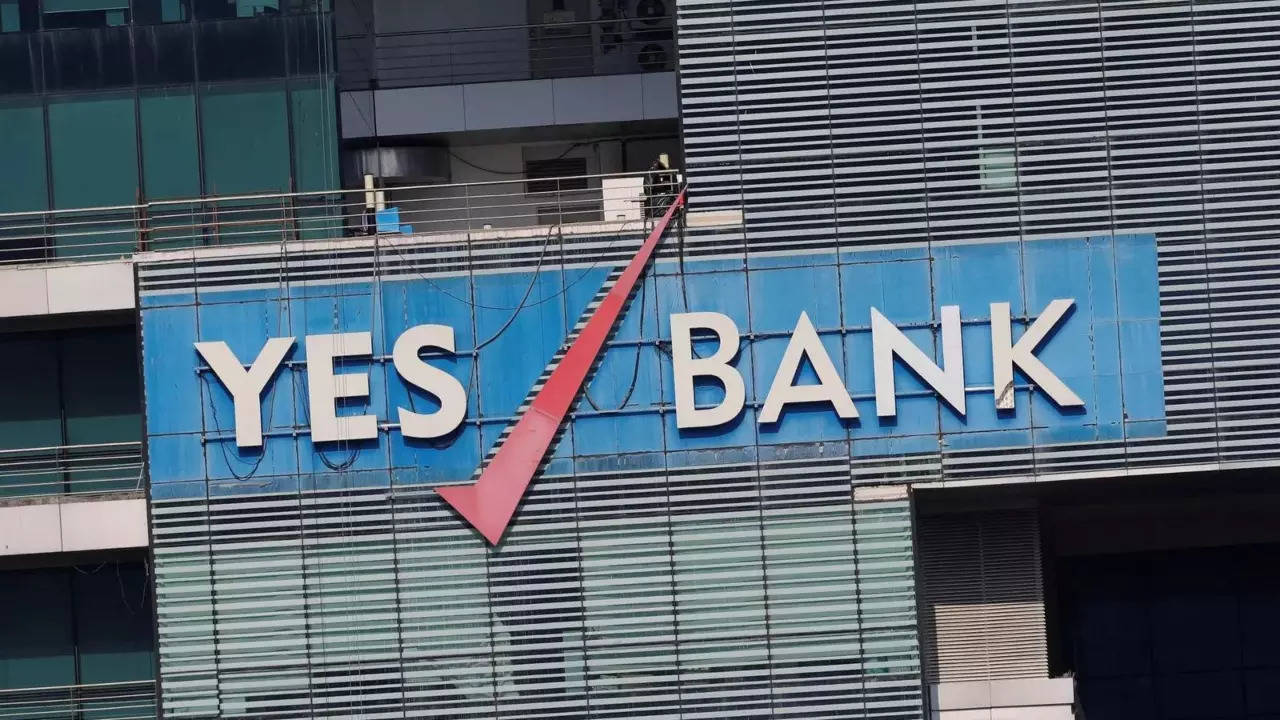
[ad_1]

Given the complexities of operations, the banking industry has been at the forefront of leveraging digital technologies to enhance its business processes. Yes Bank has been one such bank, making a big-time shift towards digital adoption. Mahesh Ramamoorthy, CIO, Yes Bank, joined the Mumbai-headquartered firm in June last year, and in his short tenure, he has worked on several projects as the bank accelerates its digital transformation journey.
While every project was significant, the one that Ramamoorthy found most critical was the bank’s datacenter migration. He even compared the activity to performing open heart surgery. This is because an organisation like Yes Bank performs large-scale operations including payment transactions, customer services, and running branches, and wanted to ensure minimal disruption while shifting datacenters to a brand new setup.
“That’s very critical because one needs to plan a lot of activities–both small and large—of data movement in a secure way and ensure no service outages occur at the same time. We are now towards the final leg of this project,” Ramamoorthy says.
Yes Bank is migrating to a Tier-4 colocation-based datacenter setup where all environments are isolated for the bank, and protected by its own security layers.
“The move towards a next-gen datacenter setup also sets up the bank for future growth. Yes Bank is preparing its readiness of scale, security, and ensuring that it has the capability to service the growth expected for the next few years,” adds Ramamoorthy.
Talking about banking organisations adopting public cloud, Ramamoorthy said, adopting cloud-native technologies is on Yes Bank’s roadmap.
The adoption of Kubernetes or the Red Hat OpenShift platforms is something that’s in the pipeline. However, moving aggressively to the public cloud remains dependent on various factors including acceptance by the regulatory body as well as the data security offered by hosting service providers.
“Having said that, we’ve not altered our journey. We currently have our own tenants from one of the CSPs and we have embarked on a very formative journey of moving into the cloud and adopting some of those cloud technologies for our growth. They may not be as yet any of the critical applications but we’re looking to push some of our non-critical workloads which probably can create on-demand capabilities for expansion, that we have started moving to the cloud but in our own tenant,” he avers.
Currently, Yes Bank’s ten per cent workloads are present on the tenanted cloud. The bank has not gone beyond that because it wanted to ensure an interlock between risk management and acceptance from the regulator.
“We have established our plans for movement towards the cloud over the next 12 to 18 months. Eventually, I think as even the CSPs become more mature, we become better mature in terms of cloud technologies, the ten per cent will start to aggressively move towards fifty to sixty per cent over the next two to three years,” remarks Ramamoorthy.
Core banking in the cloud
When asked about the future of core banking in the cloud, Ramamoorthy said, it is not just about hosting something on a cloud and depends upon many factors. Before moving the core systems of records (which includes PI data and critical payments data) to the cloud, it is imperative to create a robust security layer and ensure operational effectiveness.
“That journey is most important, and to me, that journey as yet is not firmly locked in between the regulator, banking ecosystem partners as well as the CSPs and the OEMs. That journey will take some time, once that is very clear, you will start to see some of the systems of record starting to be moved on to the cloud,” says Ramamoorthy.
He also explained that this journey won’t be completed overnight and is going to take at least three years.
“But there’ll be bits and pieces of the core banking that will start to get moved on to the cloud. For example, some of the product layers can go to the cloud, whereas the data layer can continue probably to decide on premises so that you still have a balance between securities versus the service on demand,” he adds.
Creating omnichannel experience
Today, Yes Bank’s footprint of digital spans every aspect of business, whether it is retail, MSME or corporate servicing. We are at aggressive growth in excess of 60-70% of adoption from the customers’ perspective.
“You will see even more adoption when omnichannel experiences are created and as we enhance our digital experiences, and expand our footprint into the rural areas or in other sub-businesses then we would see more adoption of our digital footprint over the coming years,” he says.
Yes Bank’s target is to go in excess of above 90-95 per cent which Ramamoorthy feels the bank could achieve by taking constant feedback from customers about the digital channels and the bank’s ability to apply that feedback in enriching its digital capabilities.
Cut the clutter, focus on what really matters
As the banking landscape keeps evolving it becomes imperative for banks to keep a close eye on emerging technology trends which will be necessary for driving growth.
According to Ramamoorthy, Yes Bank receives feedback from its consulting and OEM partners on a regular basis around emerging capabilities. Later, the business evaluates whether the shortlisted technologies fit the bill in terms of managing the risk better, growing the customer base or ensuring better servicing.
“Now, the impact of that to our business, or to the current ecosystem that we have in India is obviously assessed by us along with our business colleagues. We assess what is required or not, and evaluate if we need to buy or build anything based on those capabilities that are required for our market. Now, we may hear a lot, but maybe just 2-3 per cent of what we hear makes sense for us to align and build it out for ourselves,” he explains.
Better business prospecting using data
A lot of Yes Bank’s servicing apps have been enabled to create journeys which enable cross-selling and upselling based on customer profiles. That profiling is done through a data lake ecosystem using which the bank tries to garner intelligence and then position those products accordingly. So we possibly have done that very effectively in some of our journeys, creating good experiences for them, especially in the front-end channels.
Today, Yes Bank is among the leading players in the digital payments space. With a fair amount of data, the bank is able to analyse the data using AI/ML technologies, and then feed it into the front-end systems, providing real-time analytics for customers (based on their spend analysis) who are the right fit for more products.
“The combination of using the data that we have, making an intelligent move on top of it and feeding that into the front-end channels with the right kind of feedback mechanisms has helped the bank to start its journey well in terms of how we increase our wallet share of the customer,” shares Ramamoorthy.
Adopting ZeroOps
Yes Bank has also embarked on a ZeroOps journey to eliminate unnecessary operational processes and costs.
With ZeroOps, the bank aims to create instant customer gratification and customer experiences.
“One is the onboarding journey of a customer, how can we create a more frictionless approach to a customer (do it yourself kind of an approach) and it goes end-to-end in a matter of few minutes, whether it is on the liability or the asset side, both of them are going to be near ZeroOps,” Ramamoorthy explains.
The other aspect that Yes Bank is looking to transform with ZeroOps is reconciliation. Ramamoorthy believes that today, the reconciliation of a large payment ecosystem cannot be manual, It has to be automated.
Last but not least is the management information reporting. The bank is trying to move towards ZeroOps in this area to reduce the overhead of manual intervention in creating these business dashboards, and regulatory reporting, which today occupies a large percentage of the operational activities.
“We are working on creating zero operations in those areas and I’m confident as we expand our footprint in terms of improving our digital play, some of the other areas we should look at are offline payment transactions, and remittance transactions. Our mission is that can we do twice or even thrice our volumes with possibly either the same footprint or a reduced footprint of operations,” he shares.
[adinserter block=”4″]
[ad_2]
Source link


